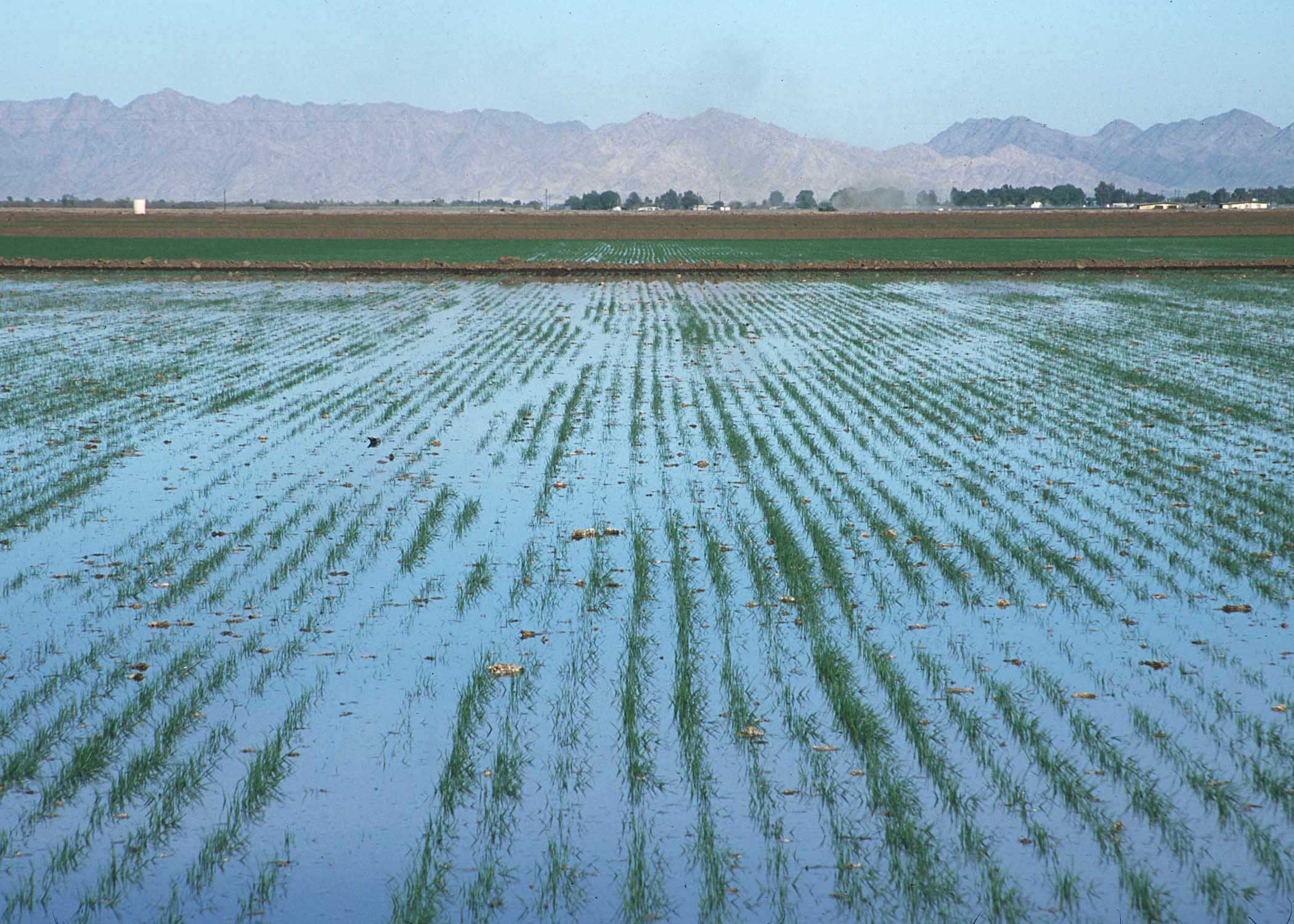 The researchers, led by BRRI Director General Dr Md Shahjahan Kabir, also recommended continued government incentives to farmers in terms of farm mechanization and seeds and fertilizers.
To give the flood-affected farmers some support, they called for the government to ensure proper irrigation services from all state-run irrigation projects, a farmers-friendly paddy procurement policy and halting rice import in domestic paddy harvesting seasons.
The five-strong BRRI core research team members are its Director Dr Md Abu Bakr Siddique, head of its Agricultural Statistics Division, Dr Md Ismail Hossain, and three senior scientific officers – Md Abdur Rouf Sarkar and Dr Mohammad Chhiddikur Rahman from Agricultural Economics Division and Md Abdul Aziz from Agricultural Statistics Division.
Every year, on average, a fifth of cropland is affected by floods in Bangladesh. As a result, some crops are lost due to deluge, but in return, farmers also gain from increased productivity from the fertile alluvial soil derived from sediments.
But in years when repeated floods and flash floods submerge lands beyond 22% threshold level, Bangladesh substantially losses its annual rice output.
The researchers’ team, whose primary goal was to assess flood-induced crop losses in just-harvested Aman paddy, stumbled upon the worrisome findings that since 2015, floods in Bangladesh have been submerging more lands, thereby posing a threat to future food security.
With an annual output of 36 million tons, Bangladesh is world’s third-biggest producer of rice, after China and India.
Thanks to the population rise and rice-centric dietary habits, Bangladesh requires to grow an additional half a million tons on top of previous year’s output just to maintain the same level of self-sufficiency. But natural disasters like floods, cyclones and droughts often compel the country to rely on imports to bridge the demand-supply gap.
Bangladesh’s food department floated five international tenders in the last one month seeking to import 250,000 tons of rice to replenish public granaries. The government is anticipating that the import volume may hit half a million tons this fiscal year.
Source - https://www.dhakatribune.com
The researchers, led by BRRI Director General Dr Md Shahjahan Kabir, also recommended continued government incentives to farmers in terms of farm mechanization and seeds and fertilizers.
To give the flood-affected farmers some support, they called for the government to ensure proper irrigation services from all state-run irrigation projects, a farmers-friendly paddy procurement policy and halting rice import in domestic paddy harvesting seasons.
The five-strong BRRI core research team members are its Director Dr Md Abu Bakr Siddique, head of its Agricultural Statistics Division, Dr Md Ismail Hossain, and three senior scientific officers – Md Abdur Rouf Sarkar and Dr Mohammad Chhiddikur Rahman from Agricultural Economics Division and Md Abdul Aziz from Agricultural Statistics Division.
Every year, on average, a fifth of cropland is affected by floods in Bangladesh. As a result, some crops are lost due to deluge, but in return, farmers also gain from increased productivity from the fertile alluvial soil derived from sediments.
But in years when repeated floods and flash floods submerge lands beyond 22% threshold level, Bangladesh substantially losses its annual rice output.
The researchers’ team, whose primary goal was to assess flood-induced crop losses in just-harvested Aman paddy, stumbled upon the worrisome findings that since 2015, floods in Bangladesh have been submerging more lands, thereby posing a threat to future food security.
With an annual output of 36 million tons, Bangladesh is world’s third-biggest producer of rice, after China and India.
Thanks to the population rise and rice-centric dietary habits, Bangladesh requires to grow an additional half a million tons on top of previous year’s output just to maintain the same level of self-sufficiency. But natural disasters like floods, cyclones and droughts often compel the country to rely on imports to bridge the demand-supply gap.
Bangladesh’s food department floated five international tenders in the last one month seeking to import 250,000 tons of rice to replenish public granaries. The government is anticipating that the import volume may hit half a million tons this fiscal year.
Source - https://www.dhakatribune.com
Bangladesh - Higher-magnitude flood frequency increases
25.12.2020 513 views The researchers, led by BRRI Director General Dr Md Shahjahan Kabir, also recommended continued government incentives to farmers in terms of farm mechanization and seeds and fertilizers.
To give the flood-affected farmers some support, they called for the government to ensure proper irrigation services from all state-run irrigation projects, a farmers-friendly paddy procurement policy and halting rice import in domestic paddy harvesting seasons.
The five-strong BRRI core research team members are its Director Dr Md Abu Bakr Siddique, head of its Agricultural Statistics Division, Dr Md Ismail Hossain, and three senior scientific officers – Md Abdur Rouf Sarkar and Dr Mohammad Chhiddikur Rahman from Agricultural Economics Division and Md Abdul Aziz from Agricultural Statistics Division.
Every year, on average, a fifth of cropland is affected by floods in Bangladesh. As a result, some crops are lost due to deluge, but in return, farmers also gain from increased productivity from the fertile alluvial soil derived from sediments.
But in years when repeated floods and flash floods submerge lands beyond 22% threshold level, Bangladesh substantially losses its annual rice output.
The researchers’ team, whose primary goal was to assess flood-induced crop losses in just-harvested Aman paddy, stumbled upon the worrisome findings that since 2015, floods in Bangladesh have been submerging more lands, thereby posing a threat to future food security.
With an annual output of 36 million tons, Bangladesh is world’s third-biggest producer of rice, after China and India.
Thanks to the population rise and rice-centric dietary habits, Bangladesh requires to grow an additional half a million tons on top of previous year’s output just to maintain the same level of self-sufficiency. But natural disasters like floods, cyclones and droughts often compel the country to rely on imports to bridge the demand-supply gap.
Bangladesh’s food department floated five international tenders in the last one month seeking to import 250,000 tons of rice to replenish public granaries. The government is anticipating that the import volume may hit half a million tons this fiscal year.
Source - https://www.dhakatribune.com
The researchers, led by BRRI Director General Dr Md Shahjahan Kabir, also recommended continued government incentives to farmers in terms of farm mechanization and seeds and fertilizers.
To give the flood-affected farmers some support, they called for the government to ensure proper irrigation services from all state-run irrigation projects, a farmers-friendly paddy procurement policy and halting rice import in domestic paddy harvesting seasons.
The five-strong BRRI core research team members are its Director Dr Md Abu Bakr Siddique, head of its Agricultural Statistics Division, Dr Md Ismail Hossain, and three senior scientific officers – Md Abdur Rouf Sarkar and Dr Mohammad Chhiddikur Rahman from Agricultural Economics Division and Md Abdul Aziz from Agricultural Statistics Division.
Every year, on average, a fifth of cropland is affected by floods in Bangladesh. As a result, some crops are lost due to deluge, but in return, farmers also gain from increased productivity from the fertile alluvial soil derived from sediments.
But in years when repeated floods and flash floods submerge lands beyond 22% threshold level, Bangladesh substantially losses its annual rice output.
The researchers’ team, whose primary goal was to assess flood-induced crop losses in just-harvested Aman paddy, stumbled upon the worrisome findings that since 2015, floods in Bangladesh have been submerging more lands, thereby posing a threat to future food security.
With an annual output of 36 million tons, Bangladesh is world’s third-biggest producer of rice, after China and India.
Thanks to the population rise and rice-centric dietary habits, Bangladesh requires to grow an additional half a million tons on top of previous year’s output just to maintain the same level of self-sufficiency. But natural disasters like floods, cyclones and droughts often compel the country to rely on imports to bridge the demand-supply gap.
Bangladesh’s food department floated five international tenders in the last one month seeking to import 250,000 tons of rice to replenish public granaries. The government is anticipating that the import volume may hit half a million tons this fiscal year.
Source - https://www.dhakatribune.com

ScaleAgData Stakeholder Engagement Event
22.10.2024The ScaleAgData project is pleased to invite you to our second stakeholder event. Building on the discussions and connections formed during our first webinar, this event will focus on fostering collaboration among stakeholders, providing updates on our project’s progress, and outlining future opportunities for engagement.
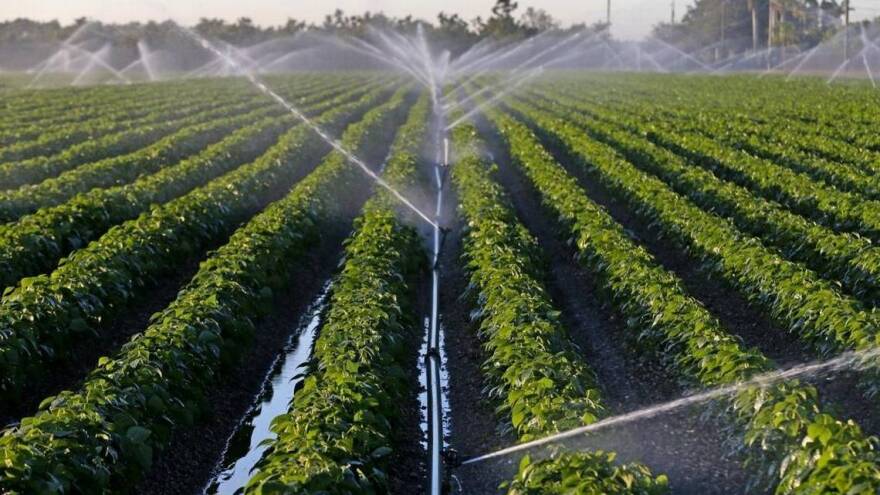
USA - DeSantis Administration Approves $27.4 Million in Conservation and Agricultural Land Protections
Governor Ron DeSantis and the Florida Cabinet on Tuesday approved the protection of more than 21,500 acres of conservation and agricultural land across the state, committing $27.4 million through the Florida Forever and Rural and Family Lands Protection programs.

India - Shivamogga arecanut growers reel under rising losses due to crop diseases
The affected area expanded widely, reflecting the growing impact of the diseases on one of the district’s key plantation crops.

Angry farmers block Brussels roads with tractors over Mercosur trade deal
Thousands protest as EU leaders clash over trade pact farmers fear will flood Europe with cheaper South American goods.

Canada - Manitoba Invests $10.5M to Advance Global Agriculture Gate
Manitoba Boosts Gate Funding to $23.5M for Grain Innovation.
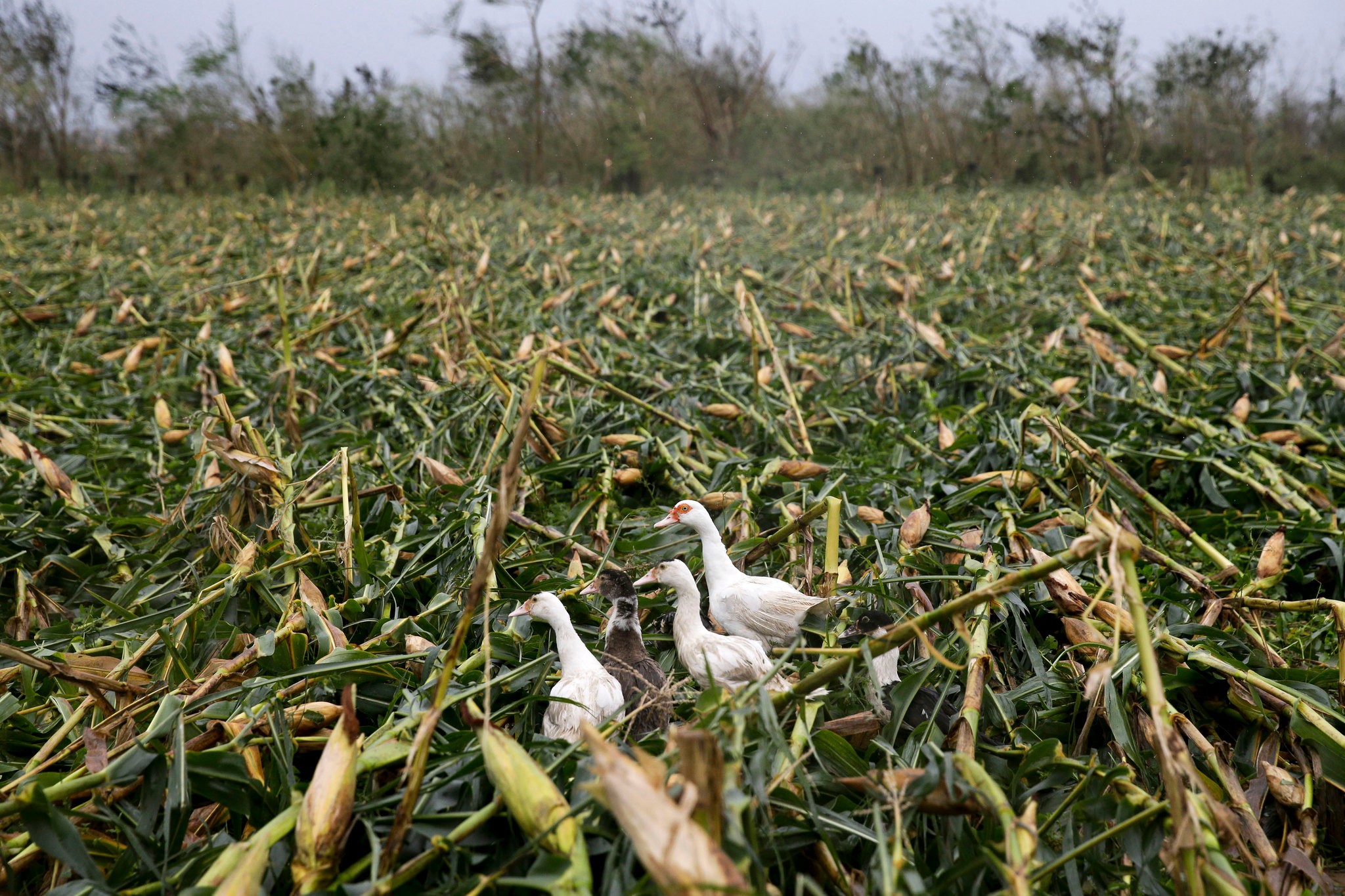
Philippines - State agri insurer speeds up typhoon payouts
More than 3,300 rice and corn farmers in this component city received over ₱11.6 million in crop insurance payouts this week.
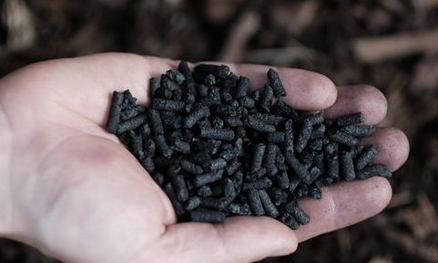
UK - £4m for sustainable agriculture and carbon removal firm relocating to Manchester
Black Bull Biochar (BBB), a UK start-up driving sustainable agriculture and carbon removal, has secured £4m in a late seed funding round to expand operations across the North West of England and accelerate its entry into northern Europe.
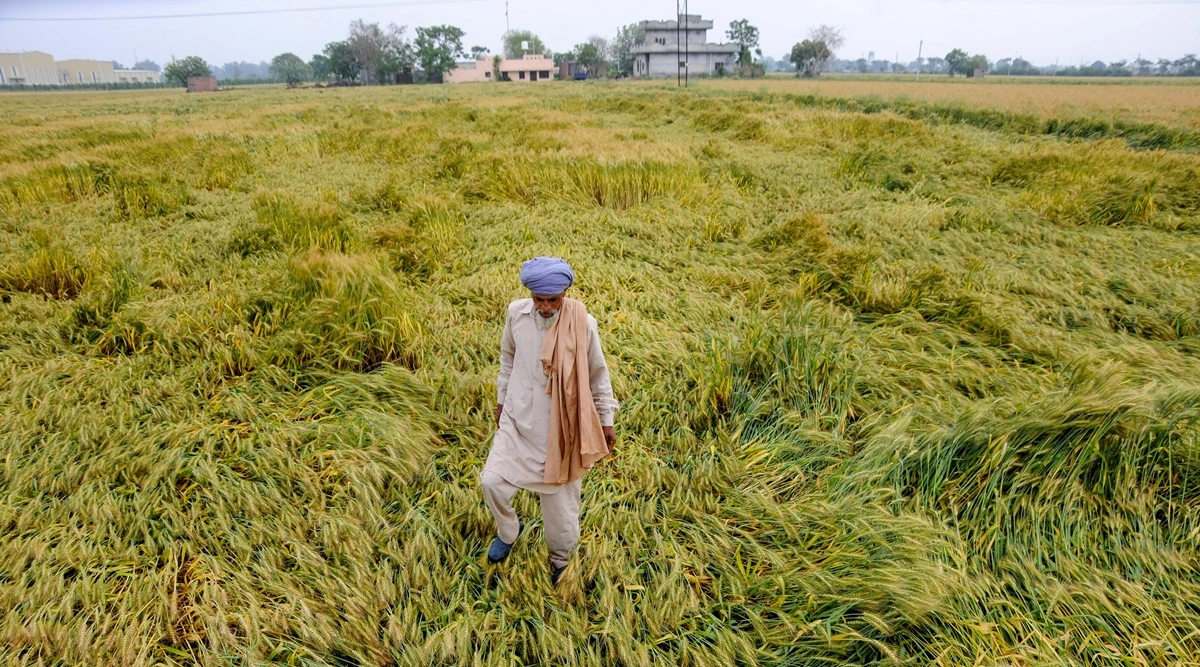
India - Delayed crop loss survey keeps Cauvery delta farmers in limbo
Nearly 90,000 hectares of samba and thalady crops are submerged, raising fears for the next cultivation cycle.

Romanian farmers to get financing support with €25 million EIB loan to Agricover Credit
Romanian farmers will be eligible for extra financing as a result of a €25 million loan that Agricover Credit IFN SA is receiving from the European Investment Bank (EIB).


